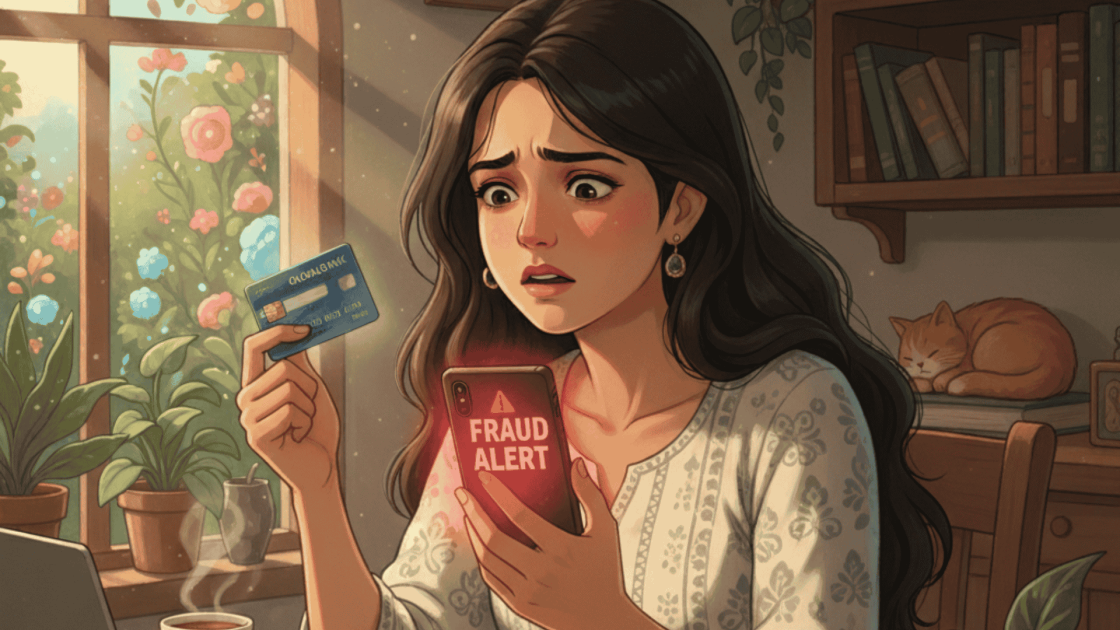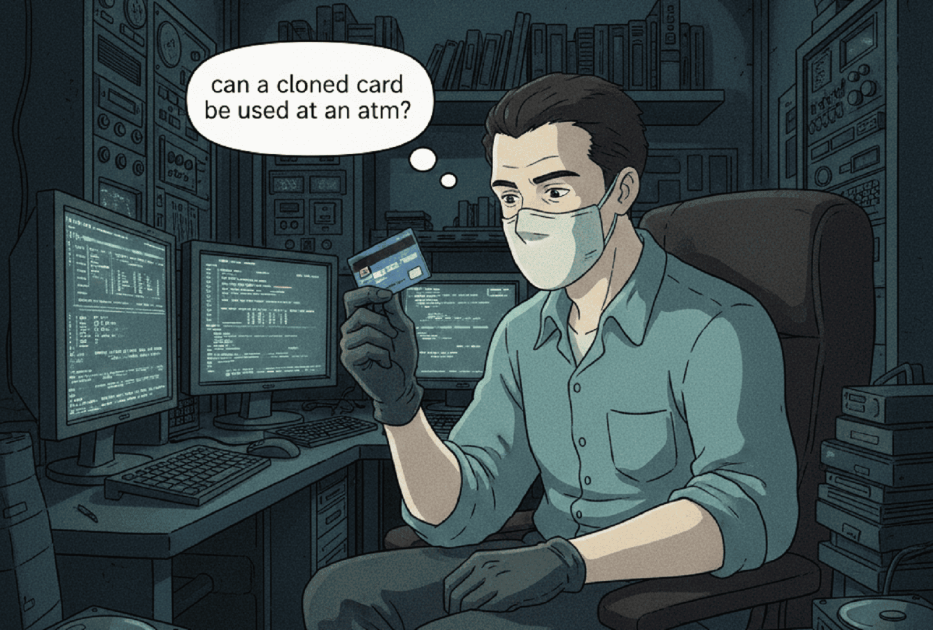You walk up to an ATM, tap in your PIN, grab your cash, and move on with your day. Simple, right?
Now imagine finding out a week later that someone, somewhere, has quietly emptied your account, using a perfect clone of your card.
That’s the unsettling reality behind ATM cloning scams, a threat that’s growing faster than most people realize.
With losses crossing ₹8 crore a year, it’s no longer something that happens “to someone else.”
So what is this scam, why is it exploding, and how do you keep yourself safe? Let’s unpack it, before someone else unpacks your bank balance.
What is ATM Cloning?
ATM card cloning, also known as card skimming, involves the unauthorized replication of card information to access funds fraudulently.
Criminals install devices on ATMs, gas pumps, and point-of-sale terminals that secretly capture your card details when you make a transaction.
Criminals may also install a tiny hidden camera in the front of the ATM, or nearby in view of the keypad, so that they can record a victim’s bank card PIN.

With both your card data and PIN, fraudsters can use the cloned card at an ATM to drain your bank account.
How to Check an ATM Cloning Scam?
Before you use any ATM, pause for just a few seconds and really look at it.
It might feel unnecessary, but those few seconds can save you from a cloned card and a drained bank account.
Scammers are getting smarter, and their skimming devices are getting sneakier, so your eyes need to get sharper too.
So, how to identify such scams or skimming devices?
Here are some warning signs that you can look for:
- Card Reader Red Flags
If the card slot looks bulkier than usual, wobbles when you touch it, or just feels “off,” trust that feeling.
Many skimmers are simply plastic overlays that sit right on top of the real slot.
And if your card doesn’t slide in smoothly? Big warning.
- Signs of Physical Tampering
Take a quick look around the machine. Anything crooked, loose, damaged, or sticking out where it shouldn’t be is a red flag.
Scammers often use glue, double-sided tape, or makeshift attachments, tiny things that scream, “Something’s not right here.”
- Weird Keypad Behavior
If the keypad looks thicker, feels different, or doesn’t respond normally, step back.
Criminals sometimes place a fake keypad on top of the real one to capture your PIN.
If it jiggles or looks raised, don’t risk it.
- Hidden Cameras (Yes, Really)
Some scammers go as far as installing tiny pinhole cameras aimed right at the keypad to catch your PIN.
These cameras can be disguised in a small panel, a brochure holder, or even a fake plastic frame around the screen.
If you see something that looks oddly placed or has a tiny hole staring back at you—yep, that’s suspicious.
How to Prevent ATM Cloning?
If there are ways of skimming ATM cards, then there are ways to prevent that too.
Follow tips below to prevent yourself.
1. Use EMV Chip Technology
Cards with EMV chips (those small metallic squares on newer cards) are much harder to clone than magnetic stripe cards. Always use the chip instead of swiping when possible.
2. Choose Safe ATM Locations
Use an ATM at an inside location in a well-lit location, as this serves as less access for criminals to install skimmers. Bank ATMs located inside branches are generally safer than standalone machines.
3. Protect Your PIN
Whenever you use any ATM to withdraw cash, cover the machine while entering your card PIN. Covering the keypad will also prevent hidden cameras from recording the keypad.
4. Monitor Your Accounts Regularly
Regularly monitor your account statements and sign up for account alerts through online or mobile banking to monitor transaction activity. This can notify you at any time money is withdrawn from your account.
5. Stay Vigilant
Be alert for skimming devices in tourist areas, which are popular targets. If something looks suspicious about an ATM, don’t use it and report it to the bank or local authorities immediately.
How to Report ATM Cloning Scam?
If you notice unauthorized transactions, act quickly to not become victim of such online banking scam.
Contact the bank immediately. They will help with the necessary steps to aid you with your debit and credit card transactions.
The faster you report fraud, the better your chances of recovering lost funds and preventing further damage.
Need Help?
If you’ve been affected by ATM cloning or have questions about protecting your accounts, numerous resources are available.
Register with us now to receive expert support and step-by-step guidance on how to recover your funds and take legal action against fraudsters.
Conclusion
ATM cloning scams are sophisticated and constantly evolving, but staying informed and vigilant can significantly reduce your risk.
Always inspect ATMs before use, protect your PIN, use chip technology when available, and monitor your accounts regularly.
By following these preventive measures, you can safeguard your finances against card skimming fraud and enjoy secure banking experiences.







